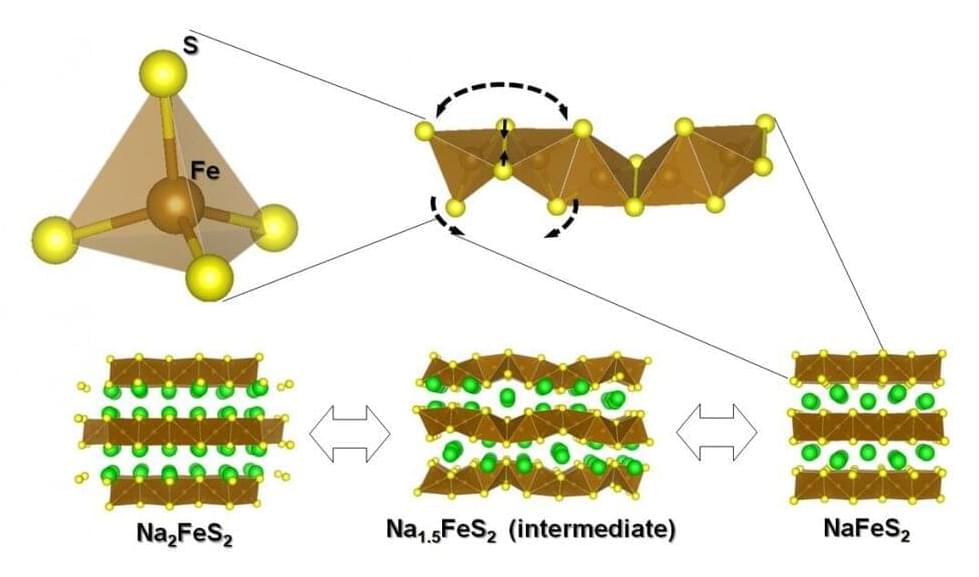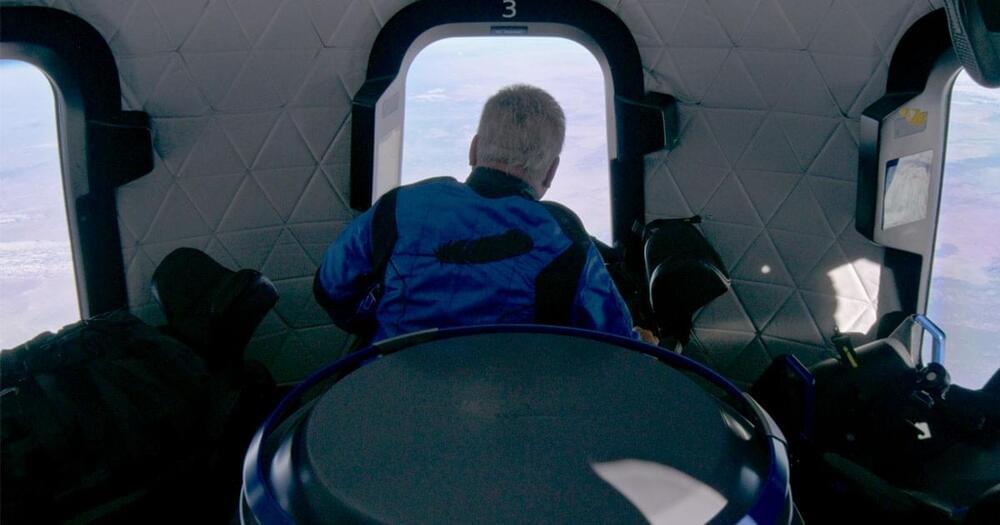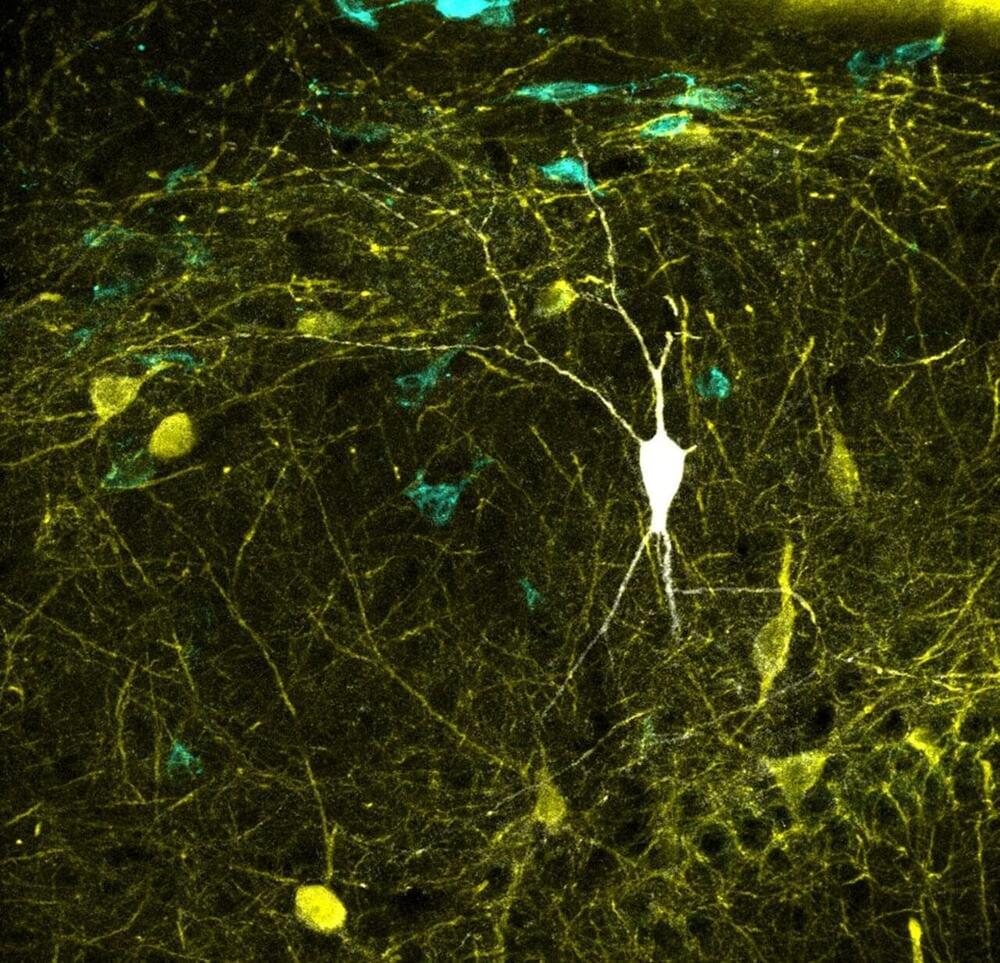Intentional or non-intentional, we do not know, but the drone ship captured the best moments of the night.
SpaceX’s third Falcon 9 launch in as many days might not have been a record-breaking achievement for the company, but it was still every bit as exciting its any other launch. The space company’s trusted workhorse put up quite a show by producing a rather rare phenomenon in the night sky called the space jellyfish.
While the rocket ascended into the late evening sky, the plumes of exhaust coming from its booster and then upper stage lit up the night sky like a neon sign much like a jellyfish swimming through the sky.
Full Story:
SpaceX/YouTube.






